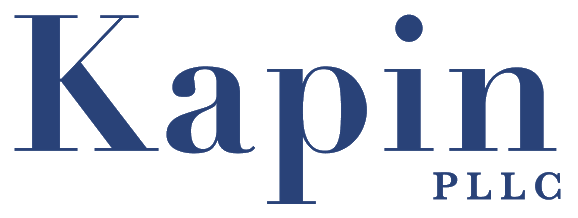 The EB-5 Program has a high applicant approval rate, often reaching, on average, between 84% and 94% for the years 2009-2014.
The EB-5 Program has a high applicant approval rate, often reaching, on average, between 84% and 94% for the years 2009-2014.
The top four countries that applied for the EB-5 visa in 2014 were: China (mainland), South Korea, Mexico, and China (Taiwan). More than 85% of visas went to Chinese applicants and that number continues to grow. The next highest country, South Korea, came in at just 2.1%.
High demand from wealthy Chinese investors has driven the EB-5 program to grow more and more each year. In 2005, Chinese nationals accounted for just 13% of visas issued, whereas, in 2014, Chinese investors accounted for more than 85% or 8,308 visas issued.
USCIS allots 10,000 EB-5 visas each year for eligible foreign investors and until 2012, they had never see the total number of applicants come close to reaching the maximum number of EB-5 visas available.
China is by far the leading source of immigrant investors. It shows the increasing individual wealth accruing in mainland China. In 2013 and 2014, 96.85% of mainland Chinese investors, on average, chose to invest $500,000 in TEAs through regional centers. It's rare for an investment in a regional center to not be in a TEA, but it is possible.
For investors who aren't affiliated with a regional center, the split is even between investing 1 million dollars in commercial enterprises (non TEA) and investing $500,000 in TEA.
From 2005-2013, over 131,000 jobs have been created in the U.S. from the EB-5 Program. These jobs were created as part of the requirement for the EB-5. EB-5 applicants must either invest in a commercial enterprise or invest in a regional center. These investments create job opportunities and economic growth without using U.S. tax dollars.
From 2005-2013 the EB-5 Program has had over $6.5 billion dollars of direct foreign investment, making this an excellent opportunity for foreign investors and entrepreneurs.
